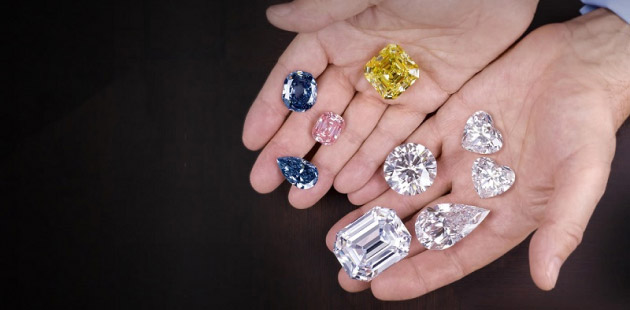Unveiling the Marvel: Physical Properties of Diamonds
6 Ways to know about diamond: Diamonds have captivated hearts for centuries with their unmatched brilliance and enduring beauty. But beyond the sparkle lies a fascinating story told through their physical properties. Let’s delve into the science behind what makes diamonds so unique and coveted.
“ Diamonds are generally believed to give health and appearance, intelligence and elegance of mind, success against competitors and enemies, and strength. condition.”
Hardness: The Undisputed Champion:
Diamonds reign supreme on the Mohs scale of mineral hardness, a testament to their remarkable resilience. This exceptional property makes them virtually scratch-resistant, allowing them to retain their pristine condition for generations. But don’t be fooled! The internal structure of diamonds can have microscopic flaws, and they can chip or break if struck at the right angle.
Color: A Spectrum of Brilliance:
While colorless diamonds are often the epitome of luxury, these gems can occur in a breathtaking range of colors. The presence of trace elements like nitrogen or boron gives rise to yellow, brown, pink, blue, and even green diamonds. These fancy colored diamonds, especially in vivid hues, are incredibly rare and can fetch astronomical prices.

Brilliance: A Dance of Light:
The fire and sparkle that define a diamond are a result of its exceptional ability to interact with light. When light enters a diamond, it gets refracted (bent) and dispersed (separated into its spectral colors) due to the stone’s unique faceting and internal composition. This interplay of light creates the mesmerizing play of brilliance and fire that we treasure in diamonds.
Clarity: Unveiling the Inner Landscape:
No two diamonds are exactly alike. Each stone has a unique “fingerprint” of internal characteristics called inclusions and blemishes. Inclusions are tiny crystals or fractures trapped within the diamond during its formation, while blemishes are surface imperfections. The number, size, and location of these features determine a diamond’s clarity grade, which significantly impacts its value.
Carat Weight: Size Matters, But Not Everything:
Carat weight refers to the mass of a diamond, with one carat equaling 0.2 grams. While larger diamonds are generally more expensive, carat weight alone doesn’t dictate a diamond’s value. Cut, clarity, and color play equally important roles. A well-cut diamond of smaller carat weight can outshine a larger stone with a poor cut.
Cut: The Art of Light:
The way a diamond is cut has a profound influence on its brilliance and fire. A skilled diamond cutter transforms the rough stone into a masterpiece, maximizing its light performance. Ideal proportions and symmetry create a dazzling display of sparkle, while a poorly cut diamond may appear dull or lifeless. 6 Ways to know about diamond





